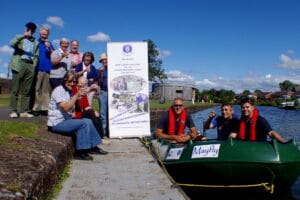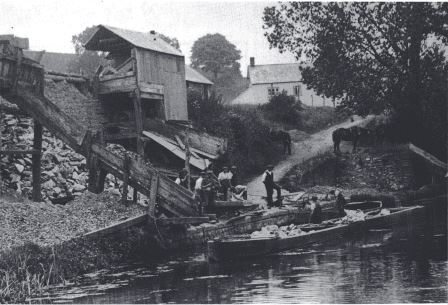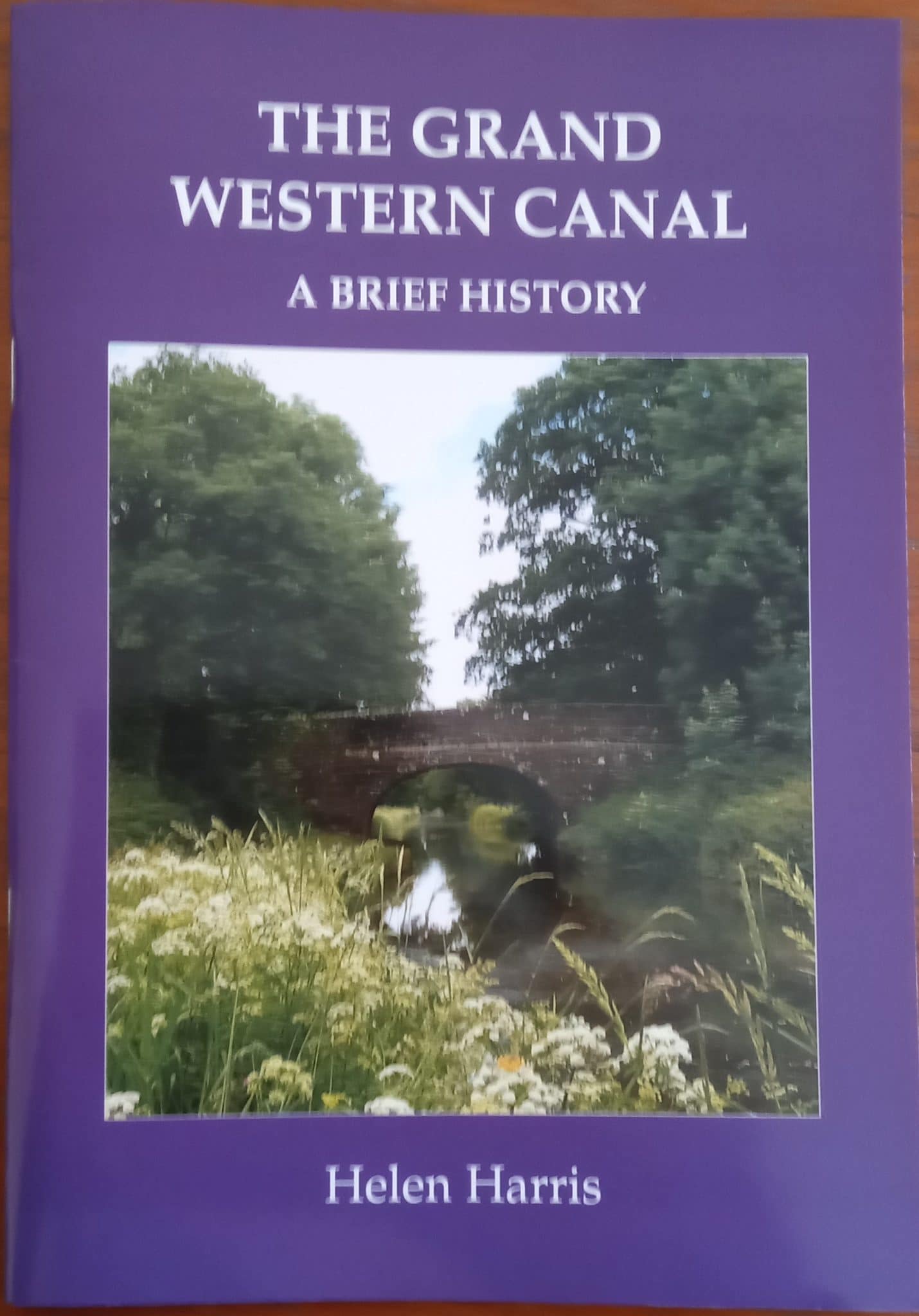Plans for a Grand Western Canal were born out of an 18th century idea, by engineer James Brindley, to link the Bristol and the English Channels. If successful, the Canal would have allowed shipping to avoid long and perilous journeys by sea around the Cornish peninsula. It also promised to better connect the heart of Somerset and Devon to the outside world.
An initial 11 mile section of the Canal was opened in 1814 between Tiverton and limestone quarries at Westleigh. However, the project had run in to financial problems. Building costs had escalated as engineers were forced to use steep embankments and deep cuttings to negotiate the rolling Devon countryside.
It was not until 1838 that the next section of the Canal to Taunton was completed. By this time hope of the Canal reaching the English Channel had been abandoned.
From Profit to loss
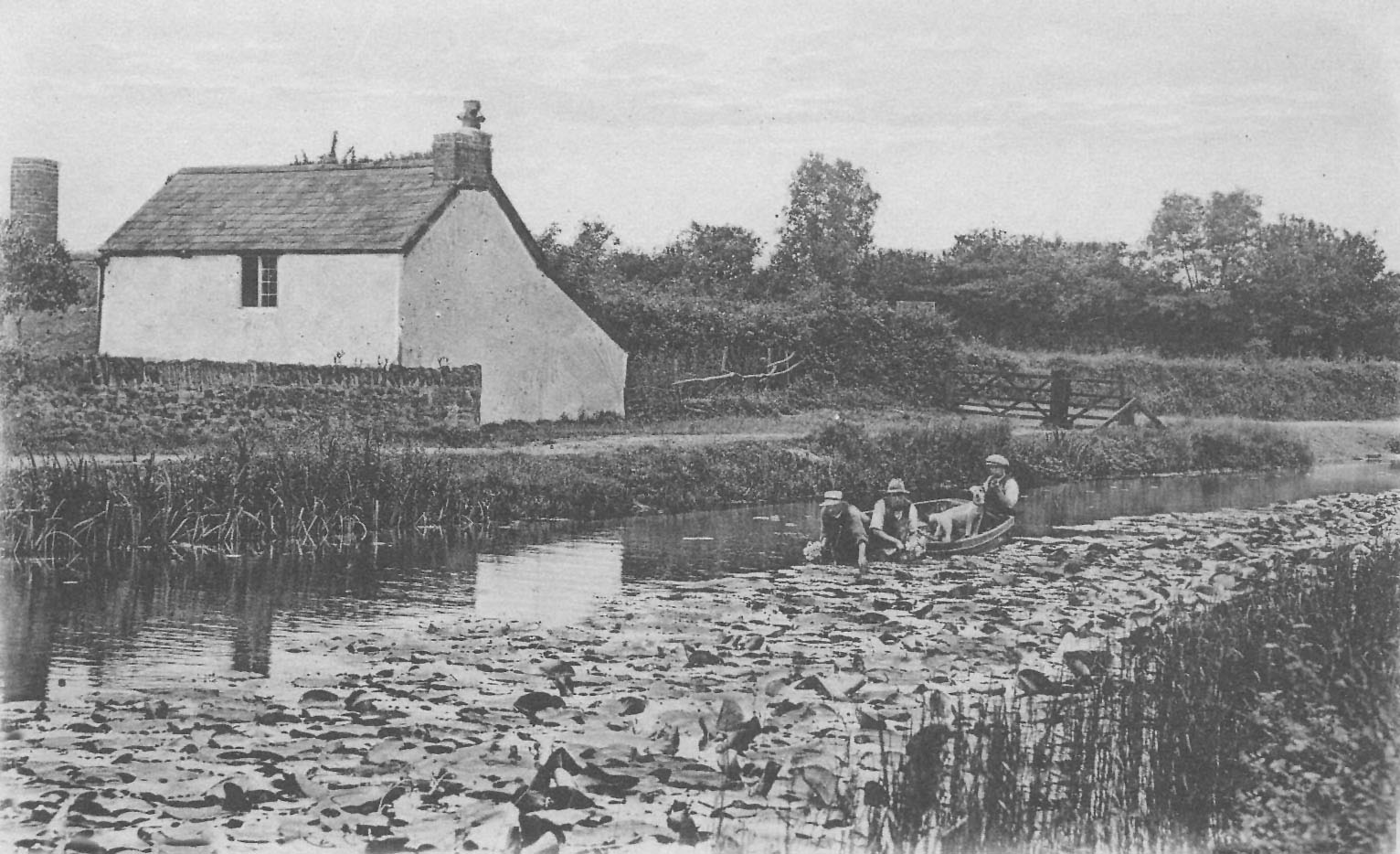
In the 1840s the Grand Western Canal enjoyed its one brief period of profitability when it was busy carrying coal and limestone. However, the coming of the Bristol to Exeter Railway brought competition and signalled a downturn.
In 1865, with its trade declining and losses mounting, the Canal’s eastern section from Taunton to Lowdwells was sold and then abandoned. The limestone trade kept the remaining Canal open until 1925 when persistent leaks led to the damming-off a section near Halberton. Apart from a local lily-harvesting business, the Canal was then left unused.
Safe at last
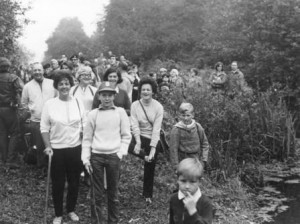
By the 1960s the Canal’s life looked to be coming to an end. Plans were drawn-up to fill in a portion of the Canal in Tiverton, and use the land for residential development. These threats caused local people to act. A ‘Save the Canal’ campaign was fought and won.
In 1971 Devon County Council took on ownership and declared it a Country Park. In the years since, investment in dredging, repairs to the Canal and improvements to its visitor access have helped make it what it is today: one of Devon’s most popular countryside attractions.
Publications
If you would like to know more about the history of the Grand Western Canal there are several books and publications available.
The Grand Western Canal
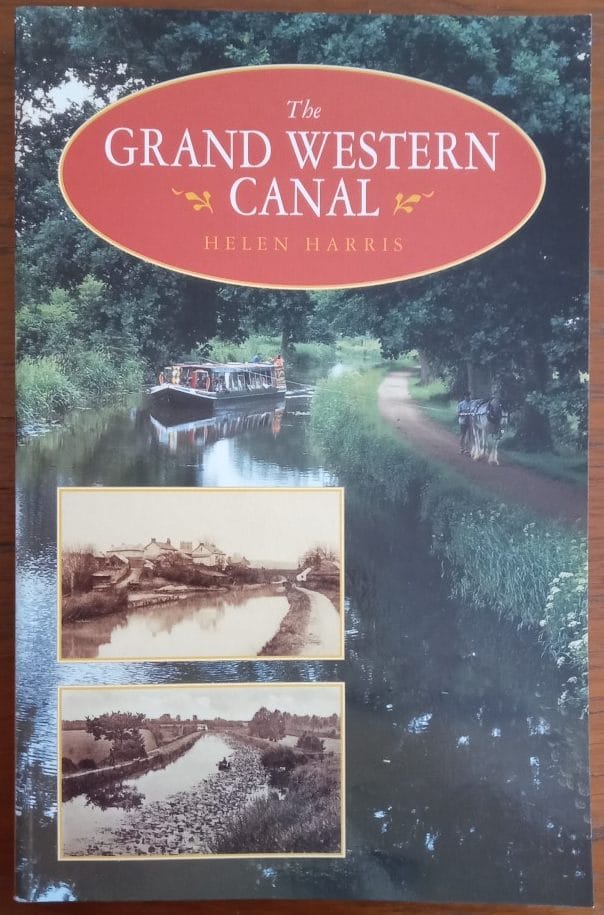
This book is now out of print but can sometimes be found in library collections and second-hand bookshops.
The Grand Western Canal: A Brief History
Author: Helen Harris | Published by Peninsula Press | ISBN-10: 1872640583 or ISBN-13: 978-1872640587.
This book is available from the Canal Basin Gift Shop, Minnows Touring Park and Tiverton Museum.
A Study of the Social Impact of the Grand Western Canal: 1793 to the Present Day
Also of interest may be a dissertation by Jo Norton on the social history of the canal and its impact on local communities.
The Grand Western Canal is a minor waterway in Mid Devon which at present has been largely overlooked by historians investigating the influence of canals in England. This dissertation intends to link many sources that have never been put together to build up an understanding of how exactly the canal has affected people over the last 200 years and in what ways these effects have manifested themselves.
Restoring historic structures
